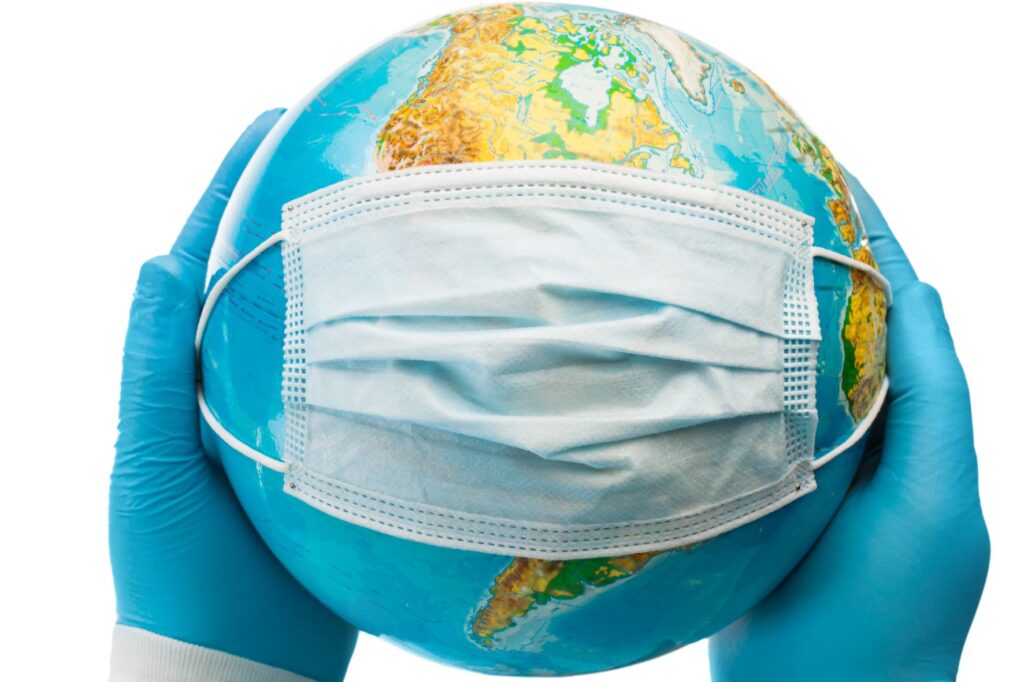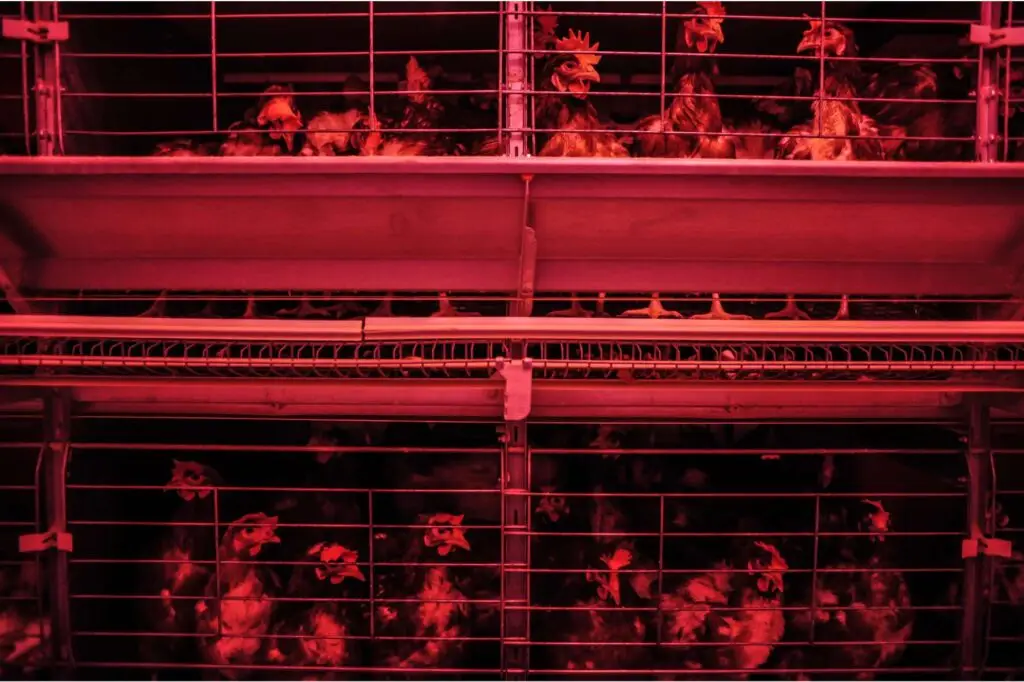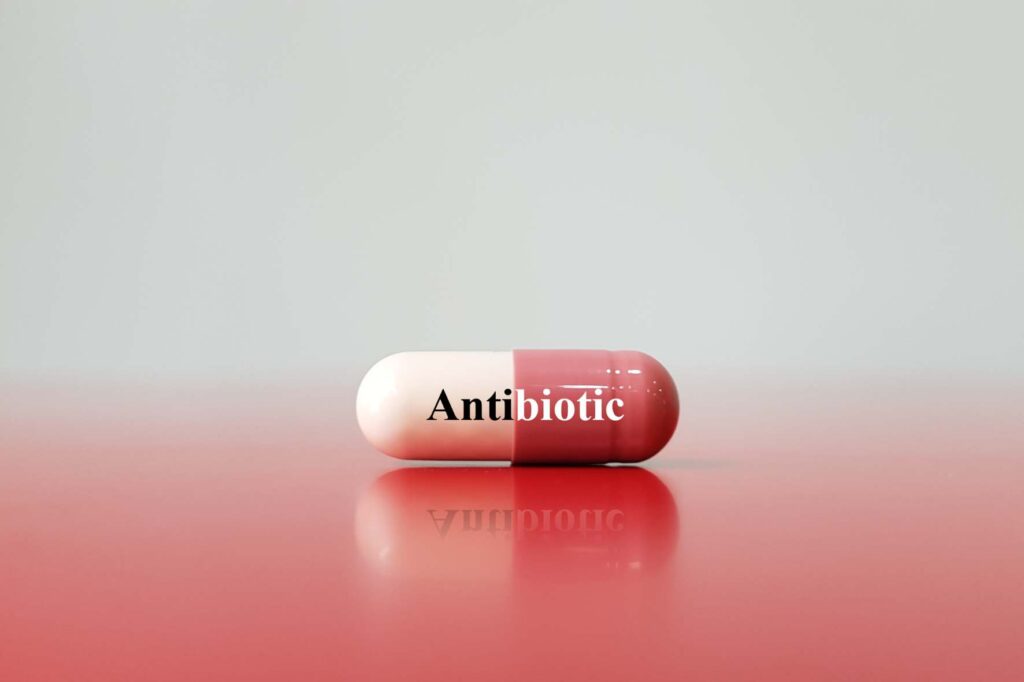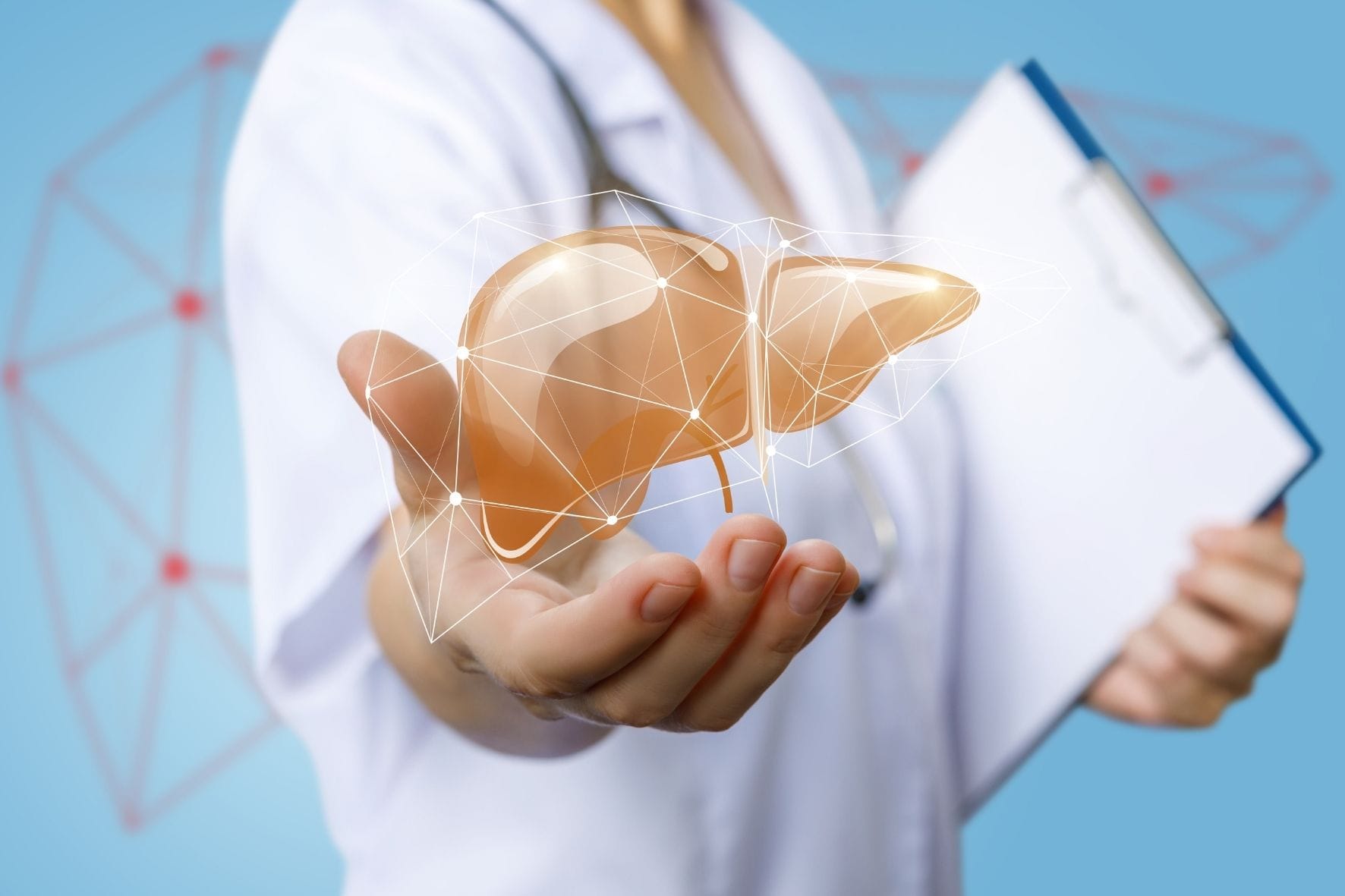Antimicrobial Resistance (AMR) is a growing global public health threat that occurs when bacteria, viruses, fungi, and parasites do not respond to antimicrobial medication.
In 2019, 1.27 million deaths occurred globally which was directly associated with Antimicrobial Resistance and contributed to 4.95 million deaths. This silent pandemic jeopardizes our ability to perform routine surgeries and organ transplants as modern medicine is ineffective.
Table of Contents
Understanding the Growing Threat of Antimicrobial Resistance

Imagine a future in which the antibiotics that we once relied on to combat deadly illnesses have been known as ineffective – an unsettling reality in which everyday infections become life-threatening. This is the terrifying truth of the ongoing spread of Antibiotic Resistance, a global health crisis that requires our immediate response.
Key Contributors to Antimicrobial Resistance Identified by WHO
The World Health Organisation (WHO) has identified several factors that contribute to antimicrobial resistance (AMR) including overprescription of antibiotics, non-adherence to prescribed medication, irrational use in livestock and fish farming, inadequate stringent protocols to maintain infection control in hospitals and clinics, insufficient hygiene and sanitation, and lack of new antibiotic development.
The Need for a One-Health Approach

Why is the One Health approach needed?
Antibiotics are present in the environment and as a result of their misuse in the human, animal, and agricultural sectors, the emergence of superbugs in individuals is caused by the inappropriate use of antibiotics, which are subsequently discharged together with other antibiotics through body fluids and waste. This causes environmental contamination and the development of Antimicrobial Resistance.
Challenges in the Animal Health Sector

Similar challenges are faced in the animal health sector where the use of antimicrobial drugs are often used as growth promoters and to prevent infections due to poor hygiene and sanitation conditions in animal farming. This indiscriminate use of antimicrobials in the livestock industry has led to the alarming transfer of resistant bacteria from animals to humans. A study found that 47% of raw meat samples were found contaminated with antibiotic-resistant E. coli out of 100 samples.
Antimicrobial Resistance Burden in India: The Ongoing Challenge
Why does India face such a huge burden of AMR and how is this the ongoing challenge
The world’s most antibiotic-resistant nation is India, and it’s considered as the Antimicrobial Resistance capital of the world. Which is also the country that consumes the most antibiotics.
In India where self-medication is abused there is no effective system in place for monitoring prescriptions. Antibiotics are easily obtained; in addition to being frequently prescribed by physicians, they are also supplied as over-the-counter medications without a prescription.
The Impact of Antimicrobial Resistance on Healthcare and Agriculture
With a growing population, which can lead to food insecurity, global trade in animal products is another way that globalization is linked to the overuse and irrational use of antibiotics. This puts us in a dilemma that the use of antibiotics in agriculture is limited which may result in animal disease and decreased food production.
The impact of AMR (Antimicrobial Resistance) will result in longer hospital stays which will eventually lead to increased costs with expensive antibiotics. Additionally, failure to perform advanced surgeries, and transplantation of organs.
Addressing the Veterinarian Shortage in India
The providers of animal health in India are veterinarians, para-veterinarians, and untrained quacks. Mostly due to a lack of manpower existence of these veterinarians leads to limited outreach practices. This shortage of trained personnel, especially in rural and remote areas leads to sub-optimal animal healthcare practices, which include indiscriminate use of antibiotics.
How to Tackle AMR(Antimicrobial Resistance): A Holistic Approach

A holistic approach is necessary to address antimicrobial resistance (AMR), as it is a complex issue that cannot be resolved with a single, standalone strategy. A one-health strategy fosters collaboration between all of these sectors to implement actions that tackle AMR(Antimicrobial Resistance) and simultaneously highlight the interdependence of humans, animals, and the environment.
Tackling the challenge of antimicrobial resistance will require a multi-pronged approach that addresses both the supply and demand sides of the equation.
Demand-Side Solutions: Public Awareness and Education
On the demand side, there is an urgent need to increase public awareness and education about the dangers of AMR.
Communication between healthcare providers and patients must also improve, as the patient-doctor relationship is a crucial determinant of antibiotic use and adherence. Given the recent erosion of public trust in health authorities due to the COVID-19 pandemic, special emphasis should be placed on rebuilding this trust through transparent, empathetic communication.
Supply-Side Solutions: Prescription Guidelines and R&D
On the supply side, healthcare providers must adhere to prescription guidelines for specific antibiotics, curbing the rampant self-medication and non-adherence that fuel the rise of resistant pathogens.
Crucially, the establishment of dedicated global funds for the research and development of new antimicrobial agents is essential to replenish the dwindling pipeline of effective drugs.





9 Comments
[…] If you’re curious about another growing public health threat and want to understand how awareness can play a major role in addressing it, don’t miss our in-depth article on antimicrobial resistance and its far-reaching effects — click here to read more. […]
This blog post offers a crucial overview of AMR and its broad implications. To address AMR effectively, we need ongoing dedication and teamwork. Adopting a One Health approach—considering human, animal, and environmental health—is key to tackling this issue comprehensively. Let’s hope that with continued focus and collaboration, we can turn the tide against AMR.
Thank you for your comment! I’m glad to hear that you found the blog discussion on AMR insightful.
AMR was retrospectively added into SDG 3. That much of a concern it is. In countries like India, over the counter drug, over-prescription etc. indeed one of the major driving forces and health promotion, consumer/patient education are one of the ways to address this along with one health approach.
Thank you for your comment! The inclusion of AMR in SDG 3 highlights its urgency. In India, over-the-counter drugs and over-prescription are significant contributors
Healthcare setup (In INDIA )need to take an urgent call on AMR . Unfortunately there are no strict guidelines from the policy makers . Delayed action will make it worse.
Thank you for your insightful comment! While India does have policies addressing antimicrobial resistance (AMR), the challenge lies in the lack of strict enforcement. We must advocate for effectively implementing these guidelines to make an impact truly. Urgent and coordinated action is essential to prevent AMR from escalating into a more significant public health crisis.
The issue of antimicrobial resistance (AMR) is critical and demands urgent attention. Immediate, decisive policy reforms are essential to curb its spread. We need strict measures to regulate antimicrobial usage, raise awareness, and strengthen surveillance. Only with coordinated and prompt action can we mitigate the devastating effects of AMR on public health.
Thank you for your valuable insights. I fully agree that AMR poses a significant threat to global health and necessitates immediate and strategic action.